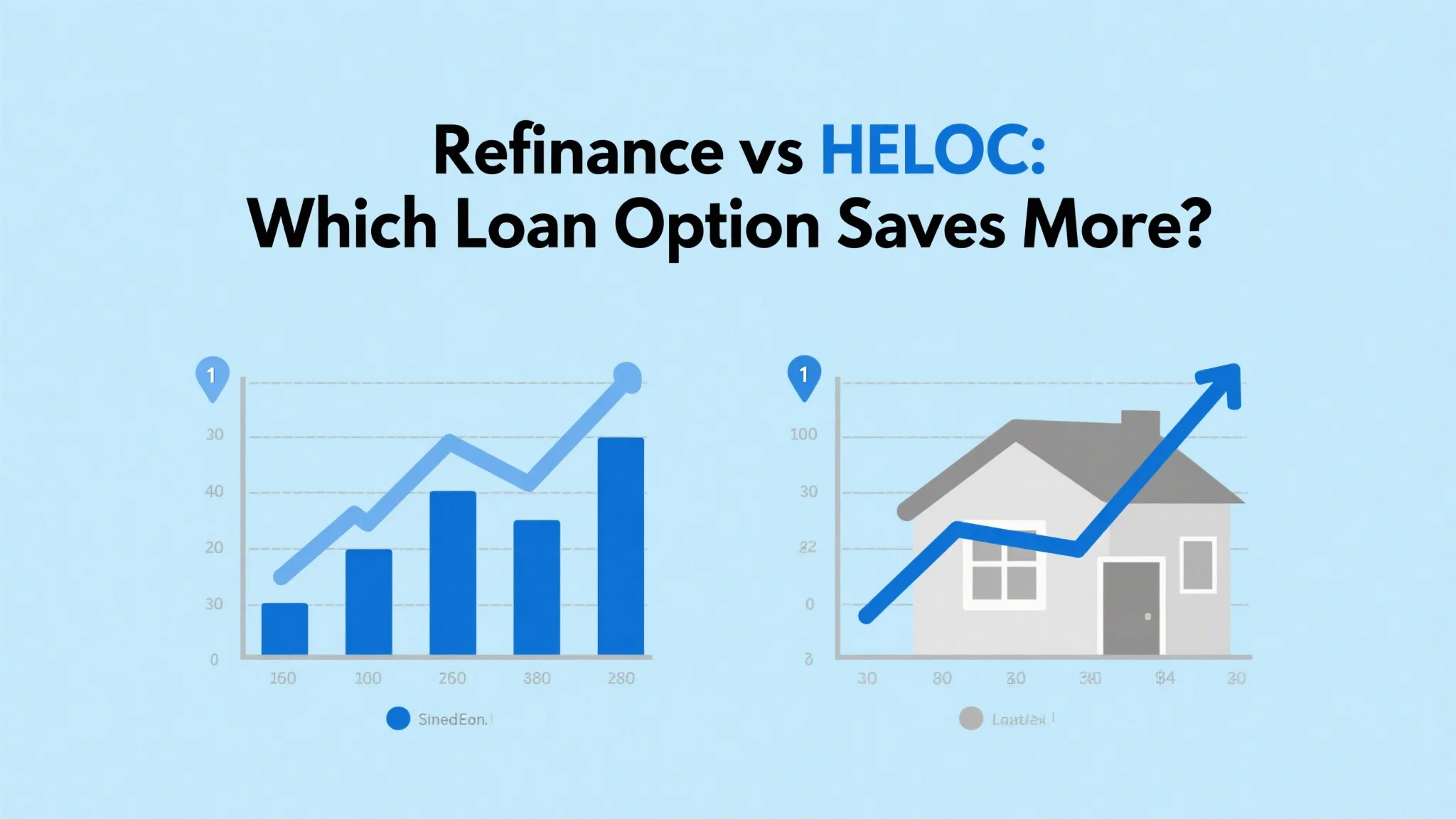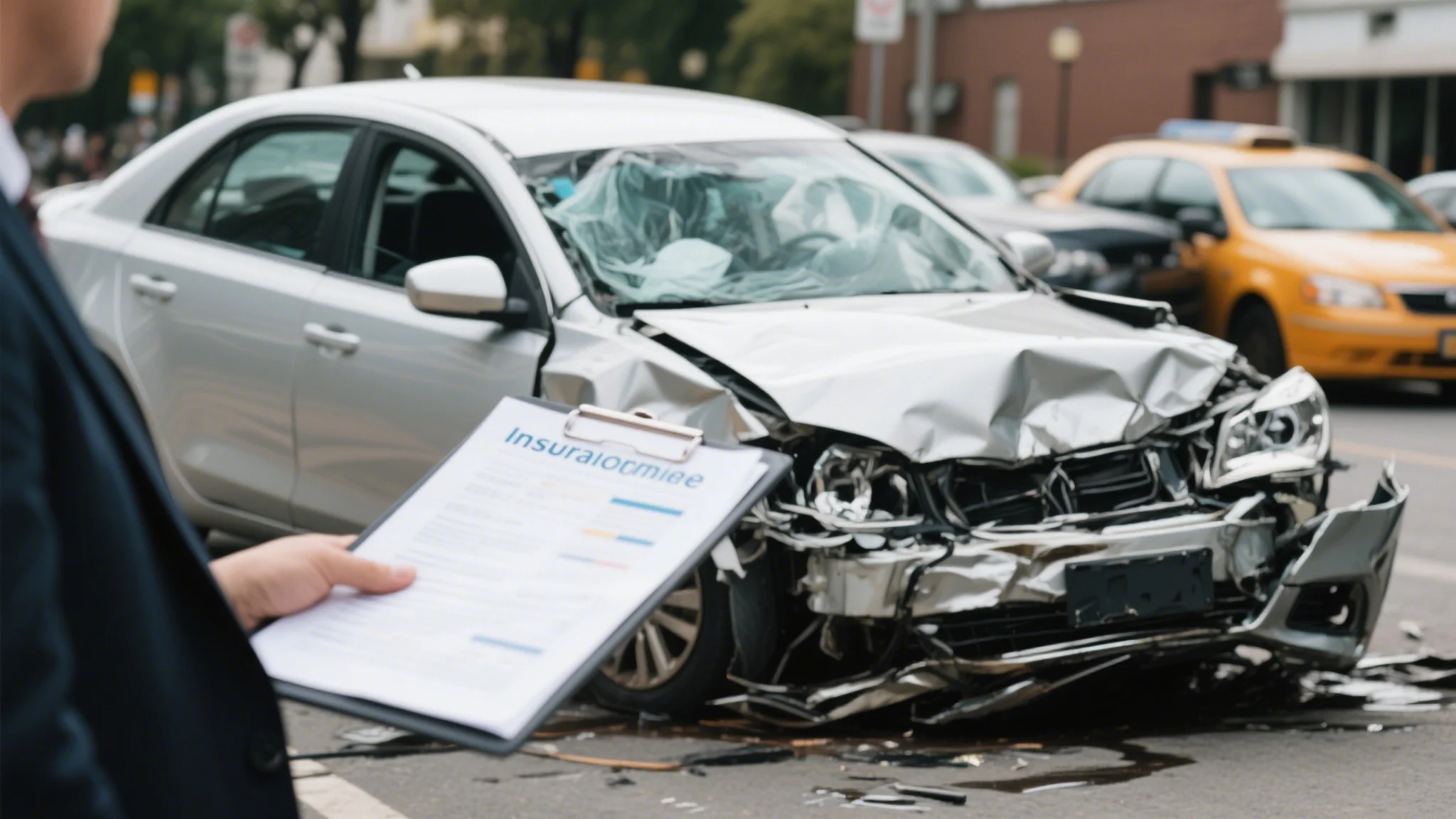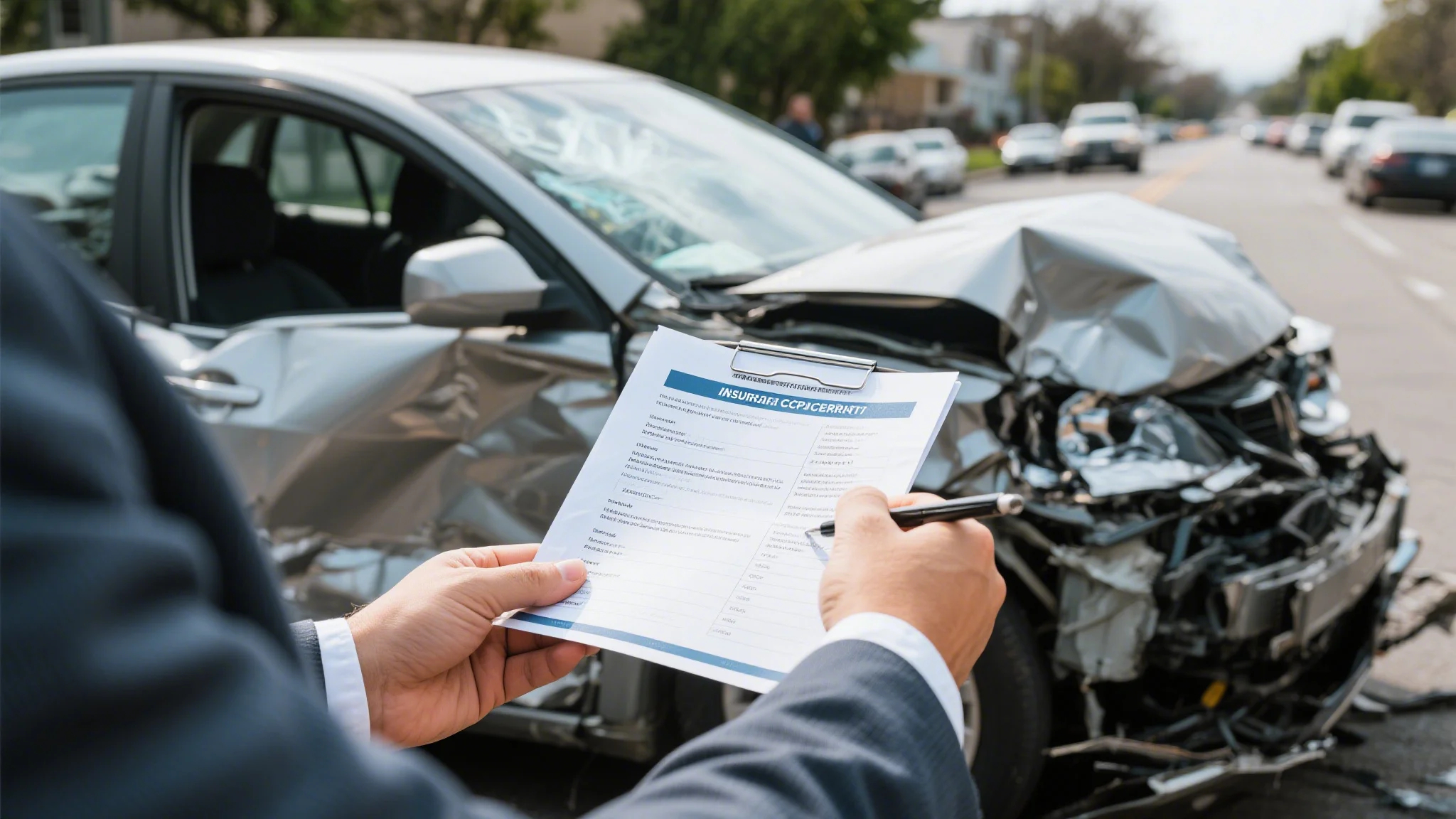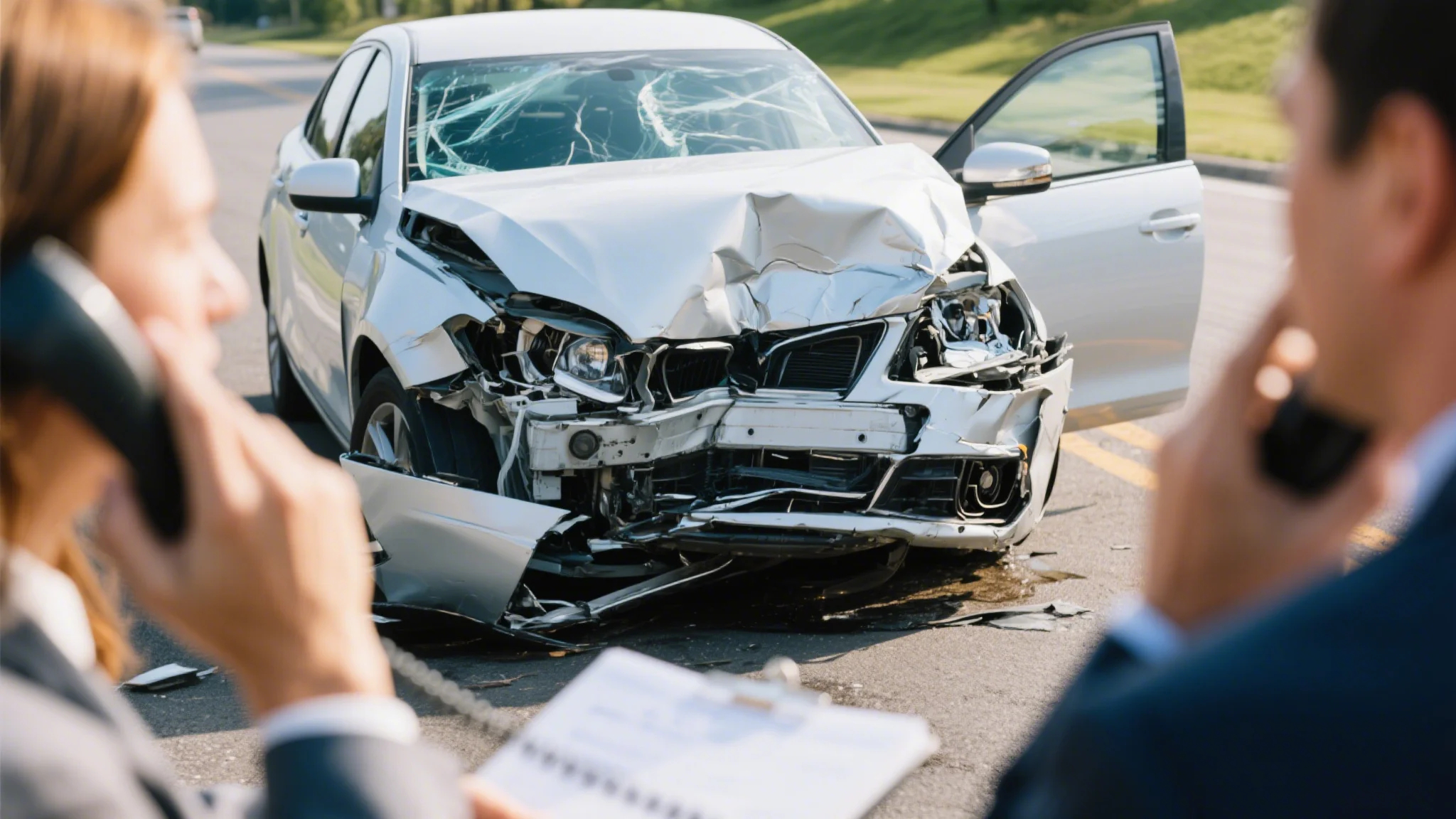The Initial Steps After a Car Accident
When you’re involved in a car accident, the immediate steps you take can significantly impact how your insurance company determines fault. Understanding these steps is crucial for protecting your interests and ensuring a fair resolution.

Safety First: Always prioritize personal safety and that of others involved. Check for injuries and call emergency services if necessary.
Filing a Police Report: If possible, file a police report at the scene. This report is a critical document for insurance companies as it provides an official account of the accident. Include details like the time, location, and circumstances leading to the accident.
Exchanging Information: Exchange contact and insurance details with the other driver. This includes names, phone numbers, insurance companies, and policy numbers. If there are witnesses, get their contact information as well.
Documenting the Scene: Take photos of the accident scene, vehicle damage, and any injuries. These visual records can support your claim and help determine fault.
Notifying Your Insurance Company: Contact your insurance provider promptly to file a claim. Be honest about the details and provide all necessary documentation.
The Investigation Process and Determining Fault
After the initial steps, the insurance company initiates an investigation to determine fault. This process involves several key components:
Police Report Review: The insurance company examines the police report to understand the accident’s context. If no report was filed, they may request additional evidence from you.
Insurance Claims Assessment: Each party’s insurance company evaluates the claim, focusing on the facts, witness statements, and any available evidence. Adjusters may contact you for further details or clarification.
Witness Statements: Statements from witnesses can provide valuable insights. Their accounts help the insurance company piece together what happened. Be prepared to provide names and contact information of any witnesses.
Comparative Negligence: In some jurisdictions, fault may be shared between parties. This concept, known as comparative negligence, assigns fault based on each party’s contribution to the accident. For example, if both drivers were speeding, each may be partially at fault.
No-Fault vs. Tort States: In no-fault states, each driver’s insurance covers their own damages, regardless of fault. In tort states, fault determines responsibility for damages. Understanding the rules in your state is essential for navigating your claim.
Dealing with Uninsured or Underinsured Drivers: If the at-fault driver lacks insurance, your own policy may come into play. Check your coverage for options like uninsured motorist coverage, which can help compensate for damages.
: Protecting Your Interests
Understanding how insurance determines fault in car accidents empowers you to take proactive steps. By filing reports, documenting the scene, and cooperating with investigations, you can facilitate a fair resolution. Remember, staying informed and prepared is key to navigating the insurance process effectively.




